The sound of hooves clopped steadily in front of me as the old white horse pulled the small truck along old hacienda train tracks. I sat on an old cushion, faintly damp from the previous passengers, and watched the bolts pop up at every bump we hit. And it was very bumpy. The young driver wore a modern blue t-shirt and a Panamanian hat as he chirped at the horse, urging it to continue on. I leaned my head on The Guy’s shoulder, stifling a laugh as the forest whizzed by on both sides. The wind lifted my hair and I felt free.
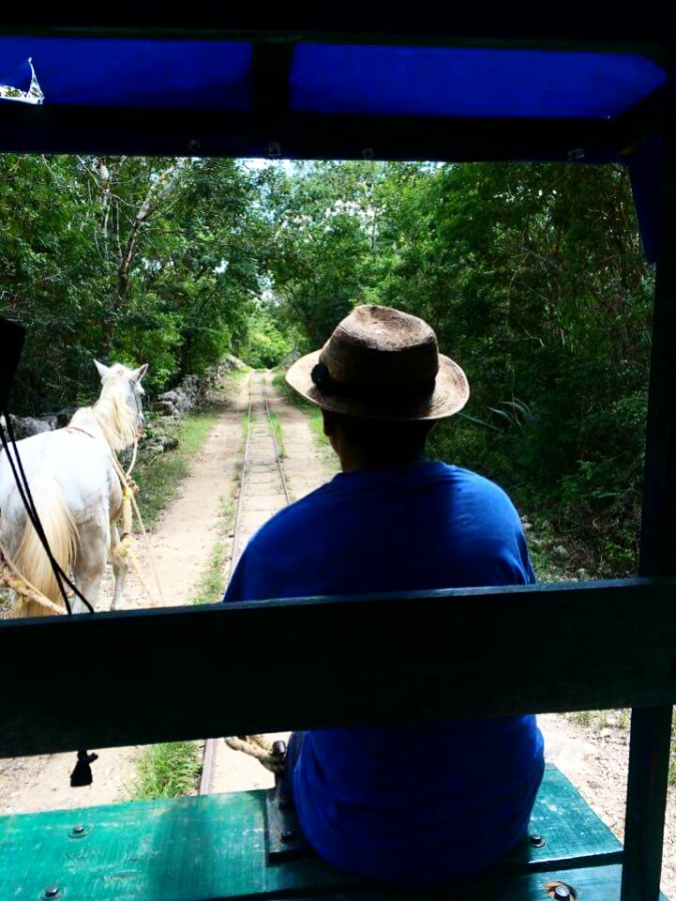
We were going to see the cenotes (sinkholes) located right outside the dusty little town of Cuzamá. The cenotes each had a name: Chelentun, Chacsinicche, and Bolonchojol. The area used to be home to many haciendas, or plantations, producing the vast majority of sisal, a plant fiber used for ropes or twine. Like the American South, the haciendas used slave labor to accomplish the farming of sisal. Since the haciendas were abandoned, the locals used the tracks as a novelty leading to their cenotes. But they were no longer bolted into the ground, which gave our ride a few precariously balanced turns.
At our first stop, our driver walked us over to a tree. A hole next to the tree had several wooden slats hammered into the ground, forming a makeshift ladder that eventually led to a sturdier ladder. I’m afraid of heights so I was shaking as I climbed down, but in reality it was safe and easy.
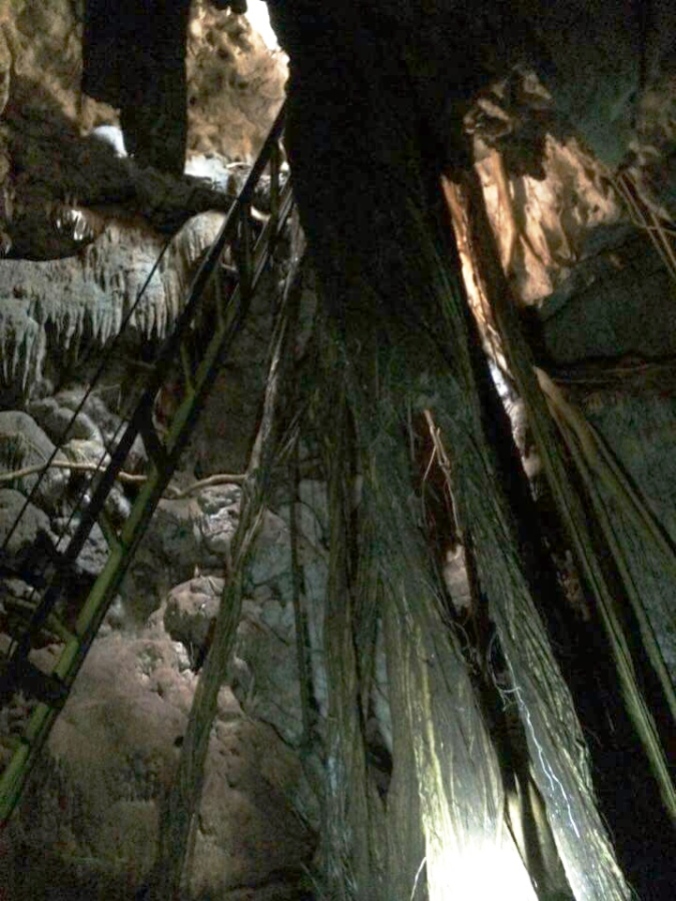
Once inside, I was handed a flashlight and led down into the cave. The ceiling was covered with stalactites, forming odd patterns. Some reached like the arms of an old tree. I was reminded of icicles but it wasn’t cold. The air hung stagnant as the outside world became muted. Far away I could hear dripping, but mostly it was the loudness of my own breathing that was so evidently foreign.
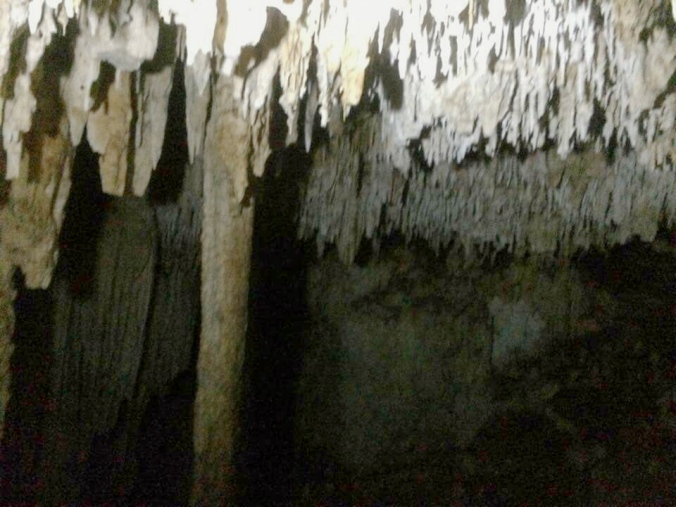
At the bottom of the cave was a pool of water so clear, it was as if it wasn’t even there save for the horizontal line it created on the rocks. We were allowed to swim in it, much to my excitement.
The guide pointed his two flashlights toward the back wall but the light didn’t quite reach. The Guy and I gingerly stepped into the water. Nothing was slimy. It was the purest, cleanest water I’d ever seen. We swam into the tunnel of darkness and peered into what looked like an abyss but was just the end of the cave. Tree roots hung to the left of us and I sank my fingers into its strands. It was thick, like the hair of a horse.
Our alloted time passed quickly and we headed to the second cenote. Another bumpy horse-drawn train ride later, we arrived at a larger hole in the ground. This time, our driver told us we could go down alone.
The spectacular view that greeted me as I climbed down into the cenote made me completely forget about heights.
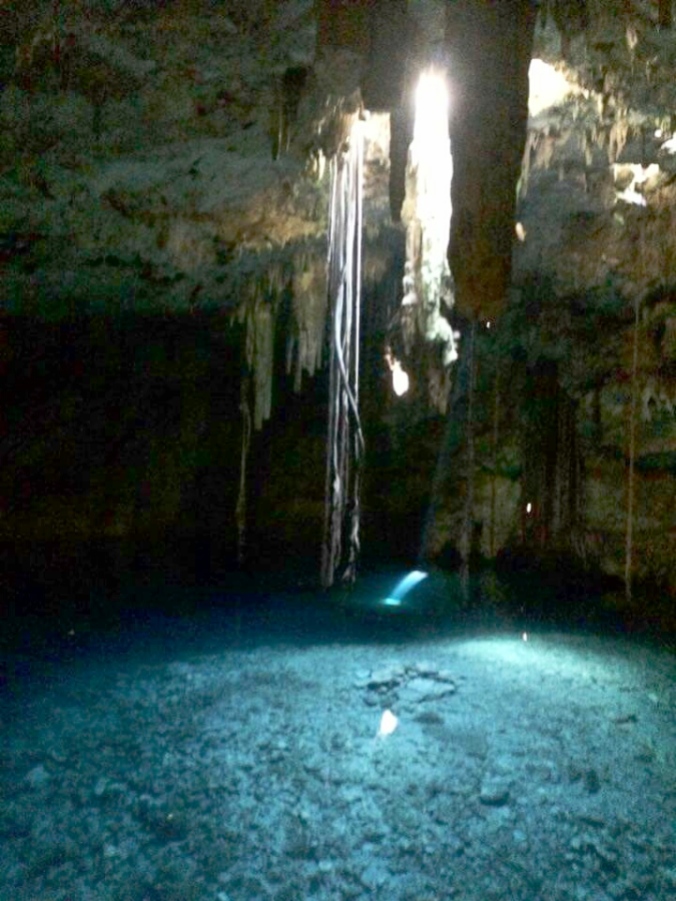
The water was so clear and blue, encapsulated in the circular room nature had created. It was like nothing I’d ever seen before. We were fortunate enough to be afforded uninterrupted privacy with this cenote, which only made it more magical.
Small black fish swam in the water, curious and eager to eat the skin off our bodies. I floated on my back, immersed my ears in the water so I could only hear the sound of my own breathing, and looked up at the stalactites hanging from the ceiling. I breathed in and wondered how long it would take for such large stalactites to form. I breathed out and imagined when it caved in. I turned to look down into the bottom and saw the ceiling pieces there. Nothing was lost, it was all still there.
Yet again our time passed too quickly.
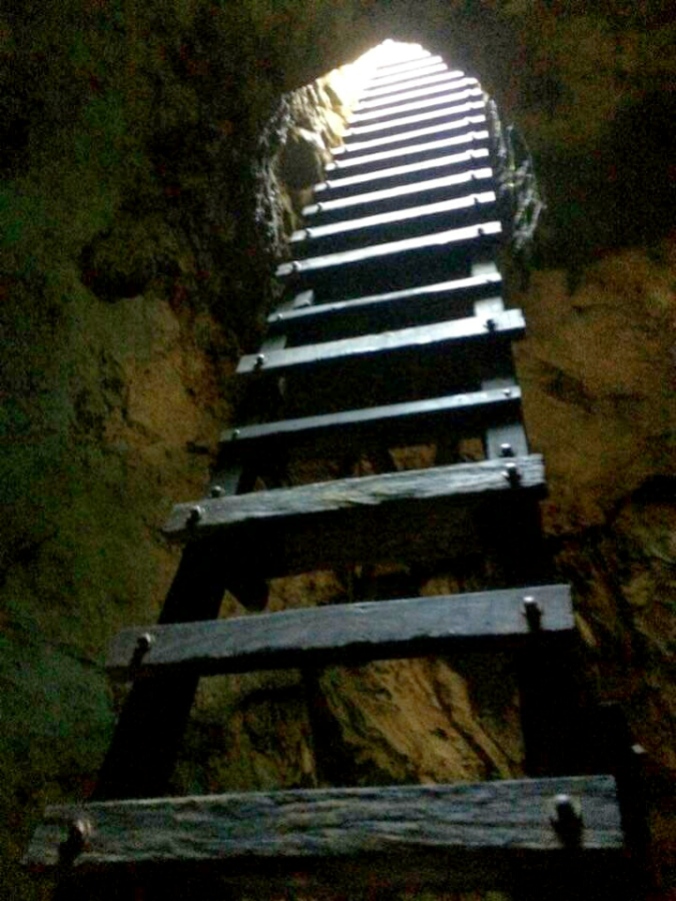
At our third and final cenote, two other groups were present. The hole leading down was much larger, letting in copious amounts of light. As we climbed down, someone jumped off the ledge and fell 50 feet into the cenote creating a huge splash.
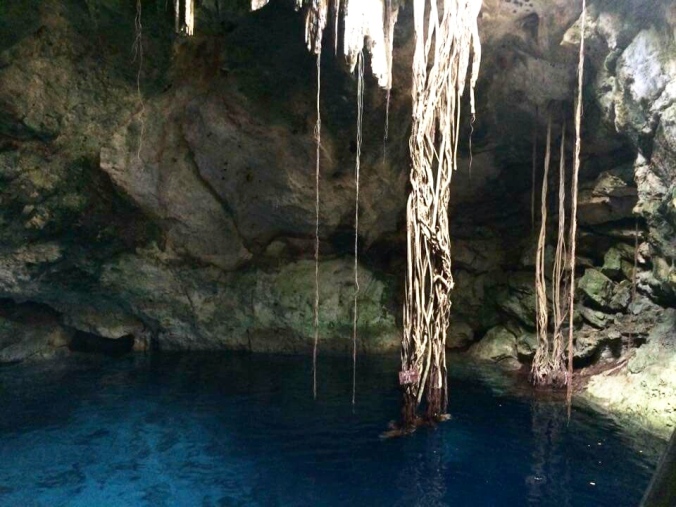
This particular cenote, like I’ve mentioned, had the most light. I’d imagine it would be the most used for private parties, as evidenced by the graffiti on the walls. Still, it was gorgeous and our time also flew by.
On the horse-drawn ride back out, we were pulled by a healthy young horse who was excited and eager to sprint. He ran so fast we caught up with the next truck. The driver threw the reins of his horse to one side and jumped out to slow us down by foot. It was an exciting end to a spectacular day.
Reeling from the experience, we wanted more of it. Over the next few days, The Guy hunted down details so we could search for another cenote. We headed on the autopista (highway) toward Chichen. We followed signs for the tiny town of Abalá and continued straight past the statue of the Virgin Mary on top of a Mayan temple base. The road was a two-way road but had only 1.5 lanes. We continued carefully until we reached the only power lines in sight. At the power lines, we turned left onto a 1-lane 2-way dirt road. About 3 km in, there was another left that led to a cenote nobody had went down in what appeared to be a significant amount of time.
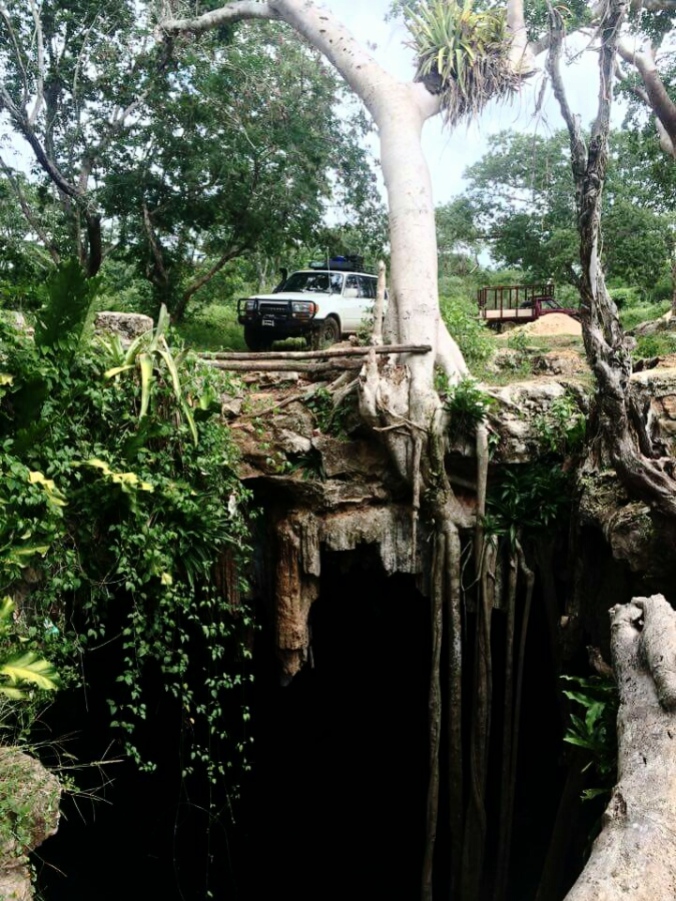
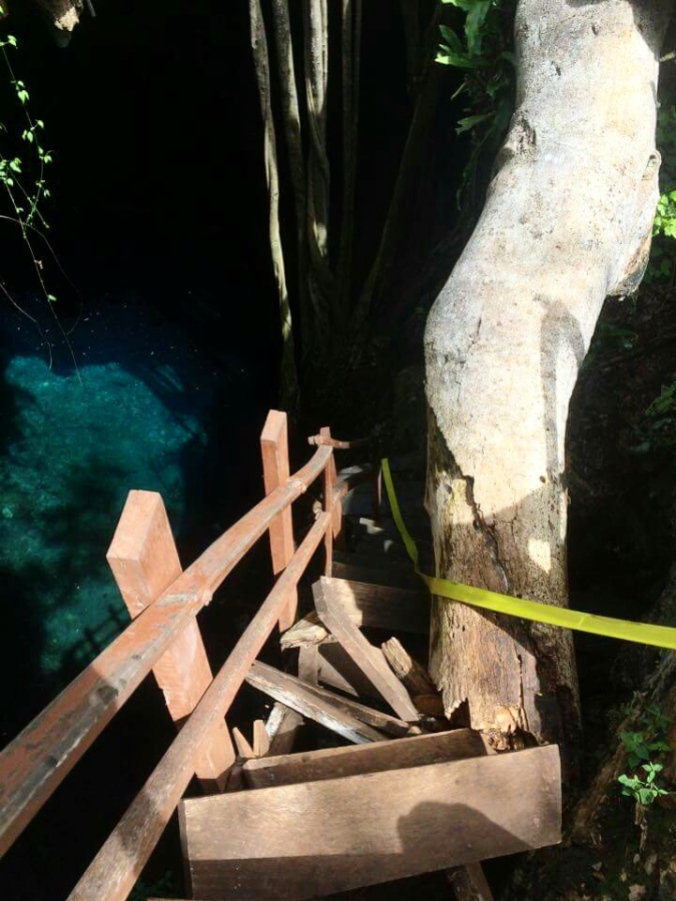
Not to be deterred, we secured two tow ropes together, threw it over the edge, and climbed our way down. Here’s what we found:
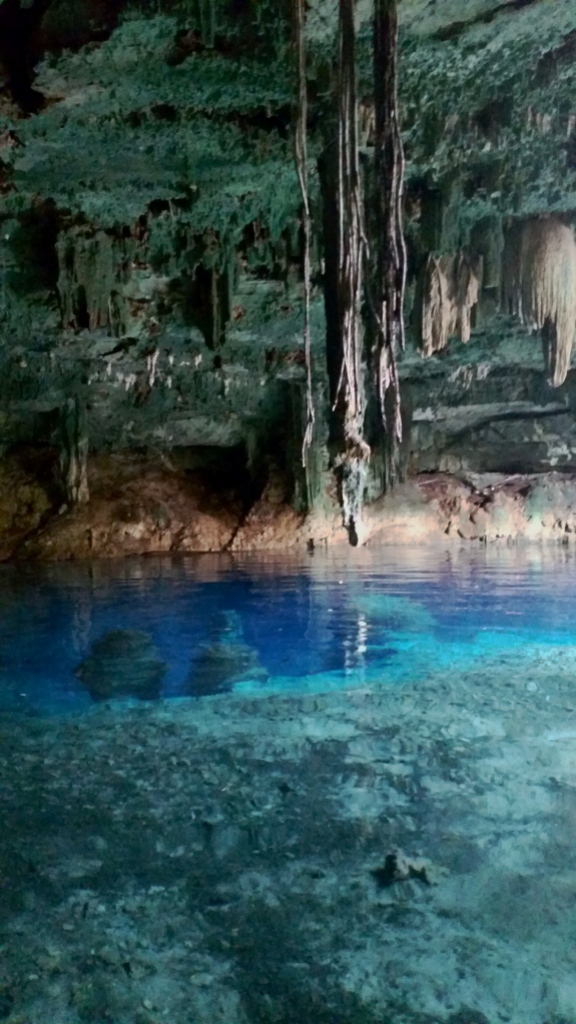
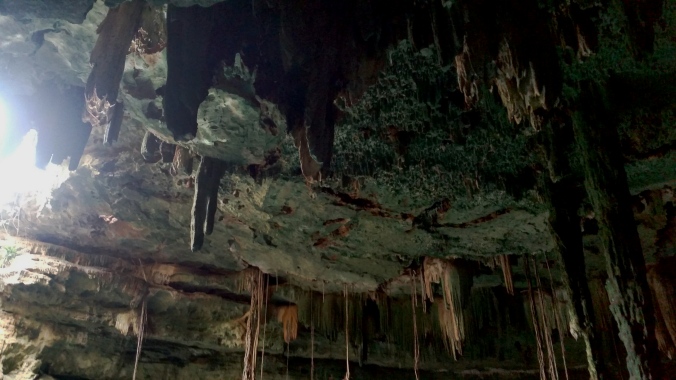
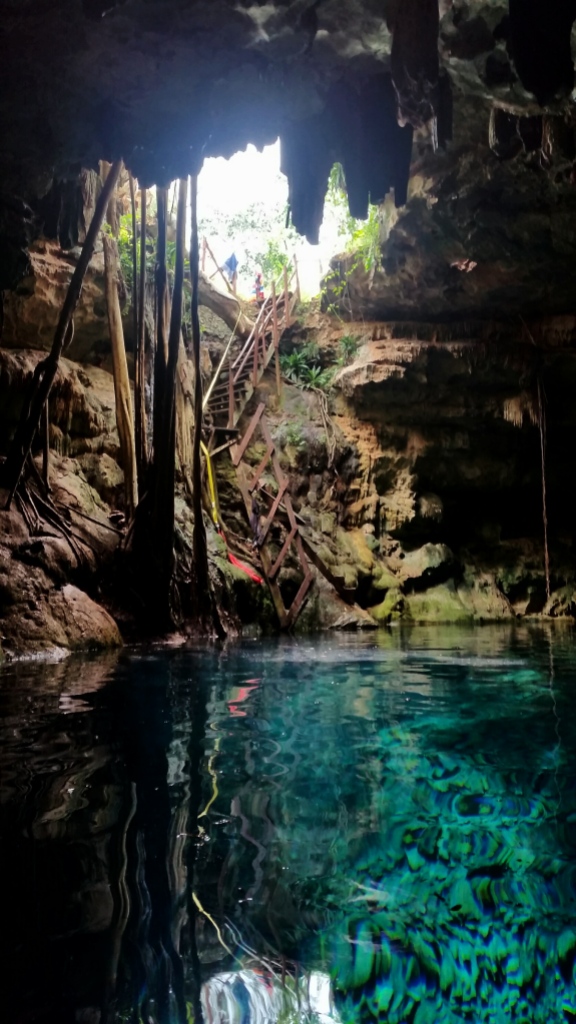
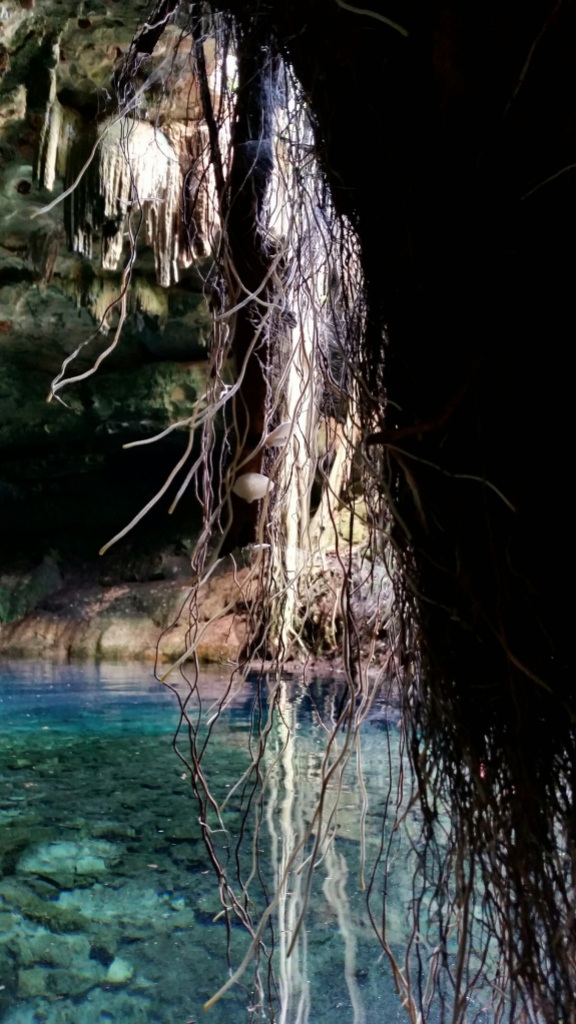
There’s something to be said about being alone in a spectacular place, to admire and marvel at its grandeur at your leisure. We found exactly what we’d been searching for, leaving after several hours only because the water was making me cold.
I suspect that in a year or so, tourists will return to this cenote because men were working on the dirt road, lining it with rocks and clearing rubble. Until then, turn at the power lines and enjoy the privacy!
(I’d like to point out that we find these off-the-beaten-track locations all thanks to the research and analytical skills of The Guy. His adventurous spirit will not be tempered by guidebooks or tour suggestions. It certainly leads us into rich experiences. Thanks Guy! Kudos to you.)
Preceding our big cenote adventure, we were staying in Campeche, the pirate city. When the Spaniards showed up and took over Campeche, they found difficulty in protecting their newly claimed city against pirate attacks and angry Mayans. So what did they do? They forced the enslaved Mayans to build a wall around the city, which has been restored and still stands around the historical center today. The enslaved Mayans had an attitude about building the wall though because it took them 50 years to complete. I know they could build some massive temples and this wall was big, but not that big or impressive. Good on you Mayan slaves. Stick it to the man.
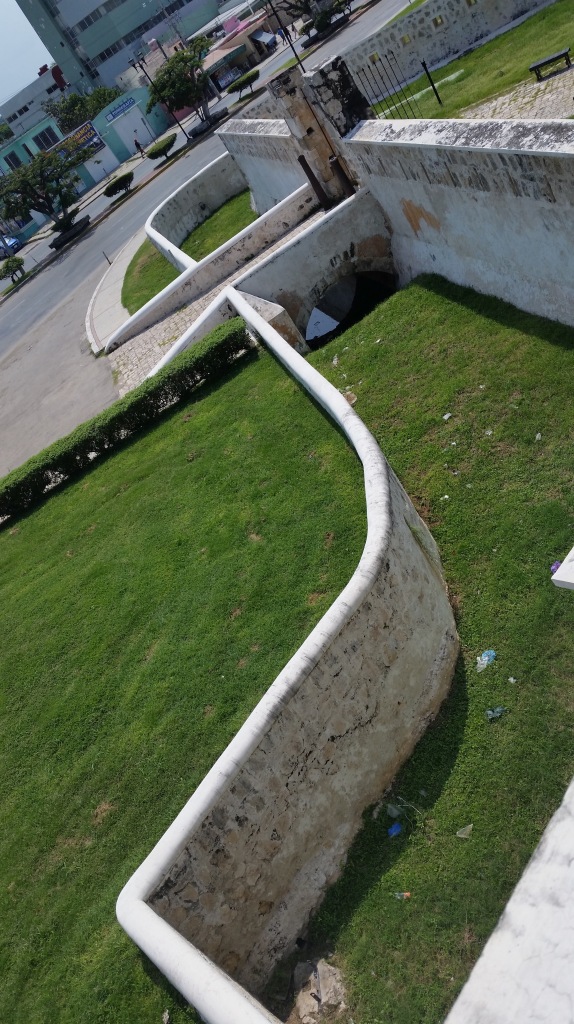
The inside of the historical center was painted pastel colors and the Spanish inspired architecture remained.
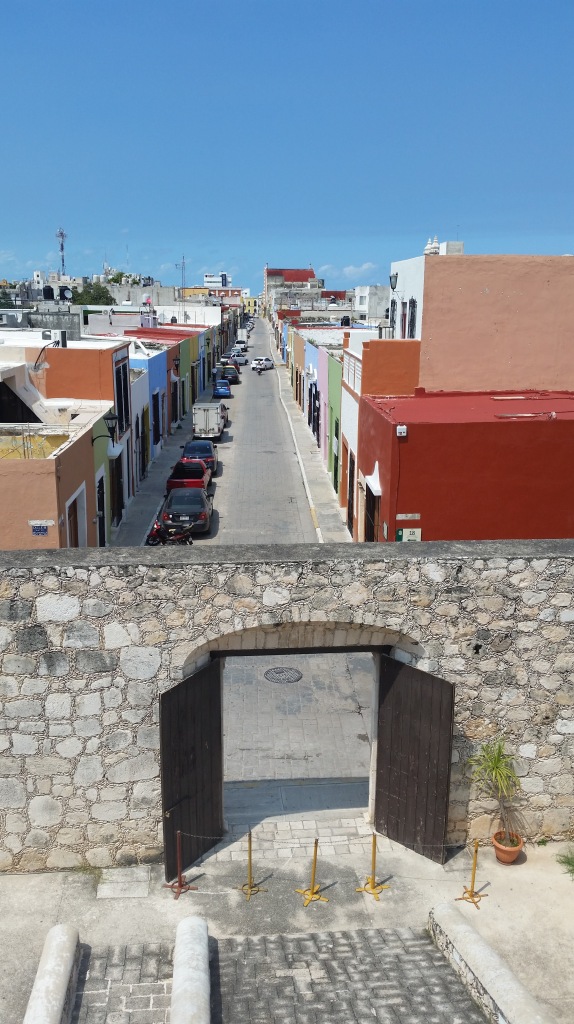
But some of the pretty buildings were lies. Behind them was just a lot of garbage or overgrown weeds. See?
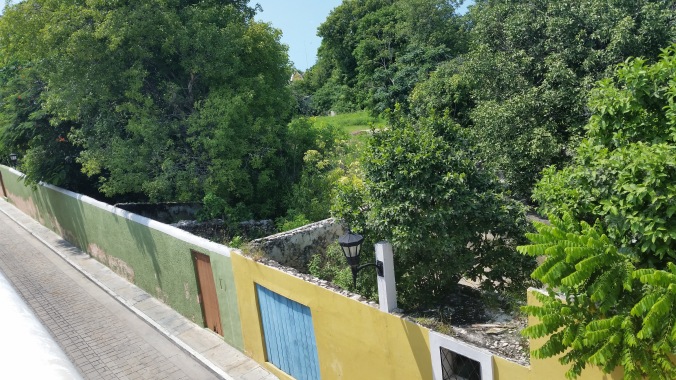
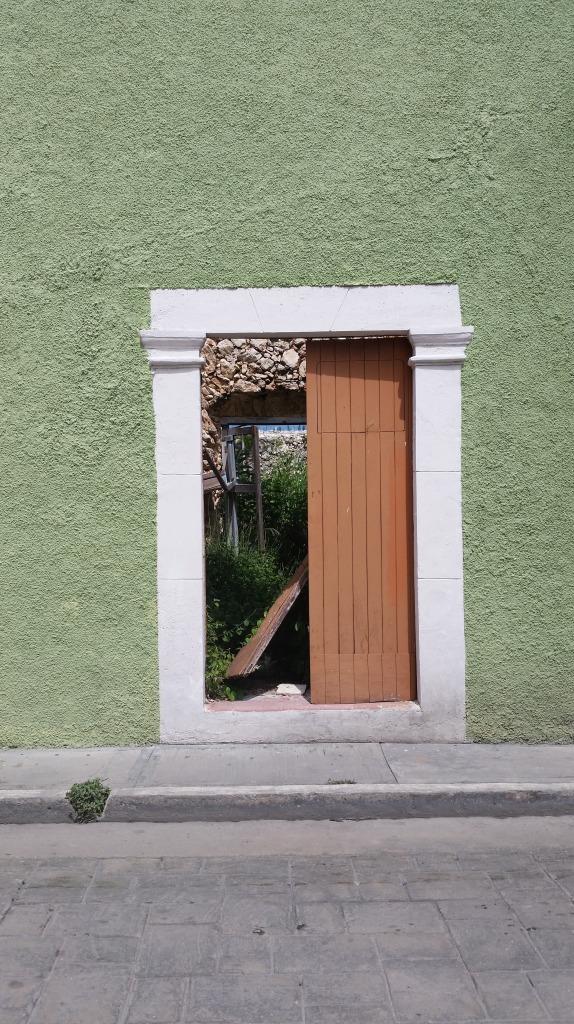
Even so, Campeche was very proud of its rich history. Every weekend in the town square’s park, a high quality movie was projected on its municipal building recounting its history. The locals were enthralled. It began with the Mayans living in the jungle full of wild animals. Images of the Mayan calendar, jaguars, and sea life played across the building. Then the Spaniards came (the violence of the Mayan overthrow was mostly skipped) and the city architecture, clothing, and customs changed. Suddenly pirate ships were shown attacking the city. A wall was built leading to the safety of the people. It ended with a shot of the Virgin Mary as a local song began to play and people sang along. The last screen said, “We Celebrate Campeche.”
One day, we walked along the top of the wall as far as we could go. The wall wrapped around the entire city but not all of it was accessible.
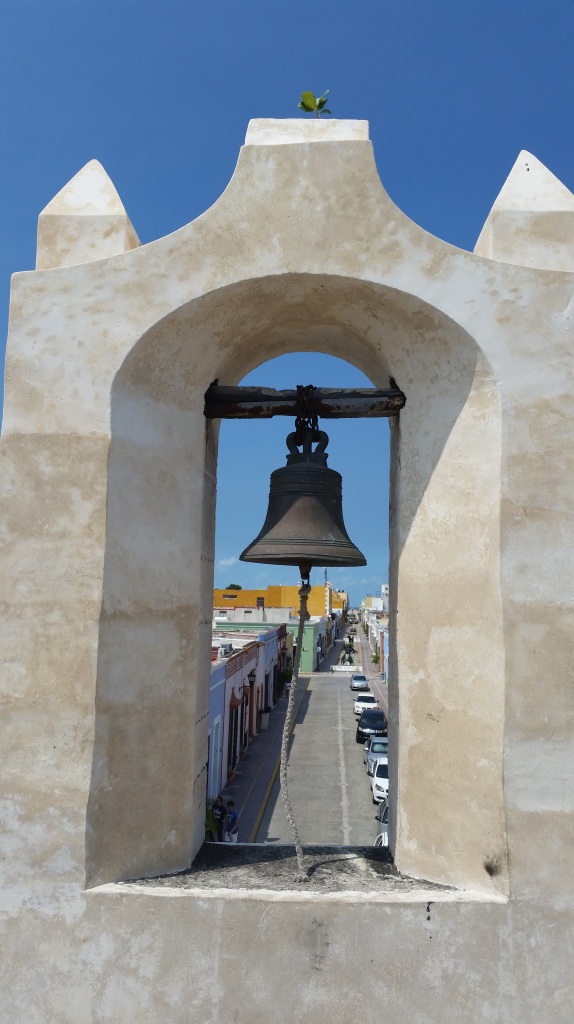
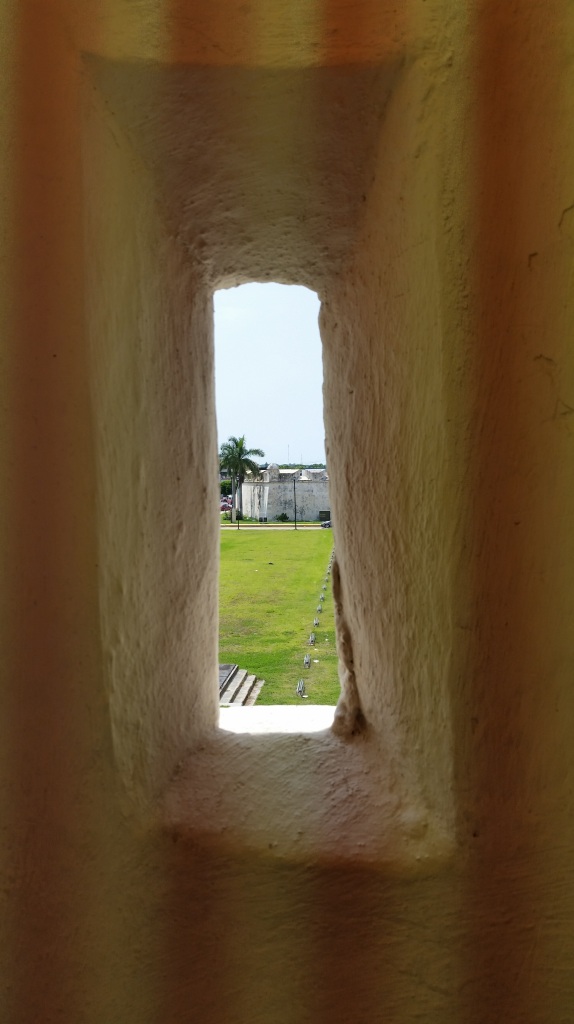
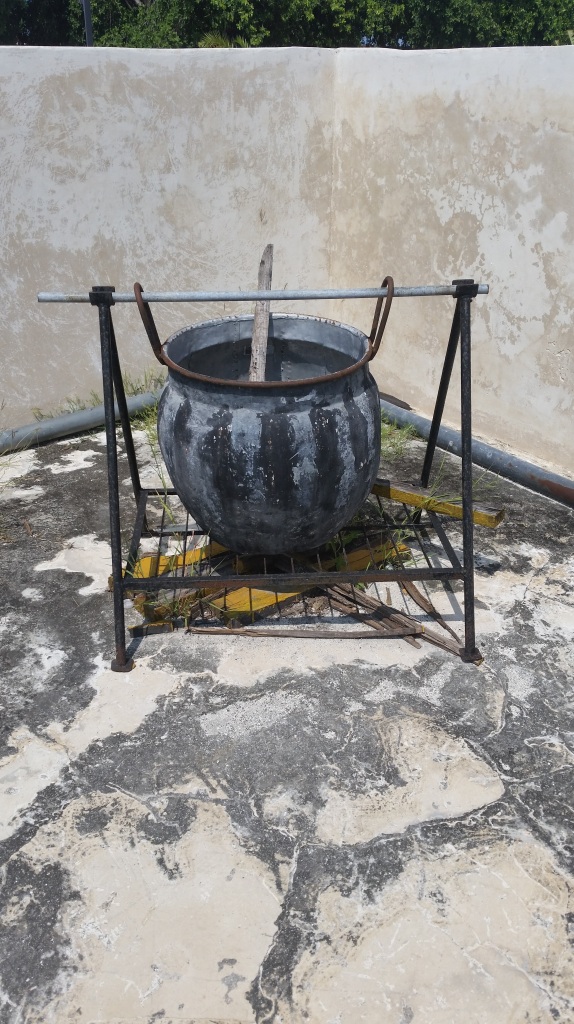
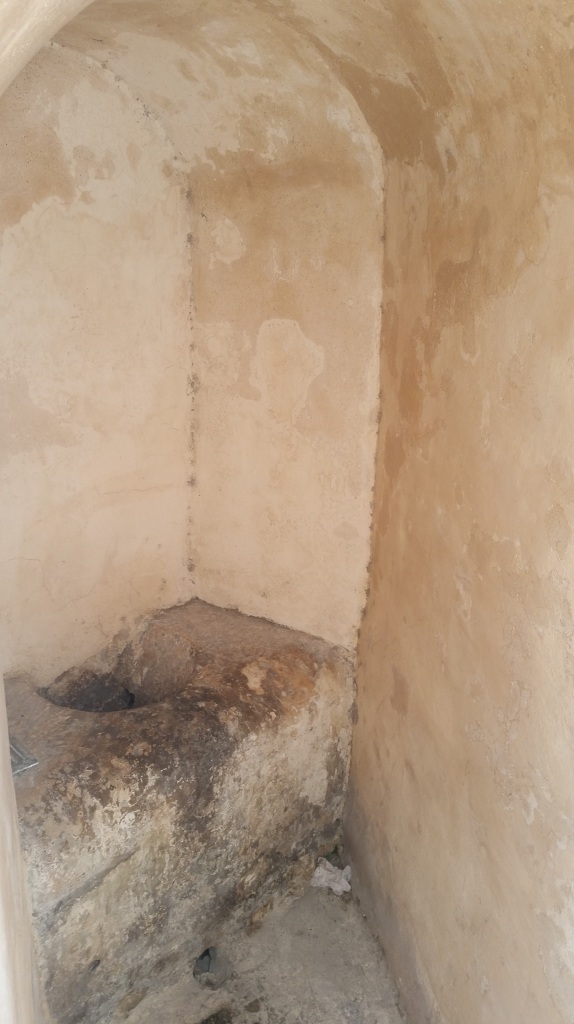
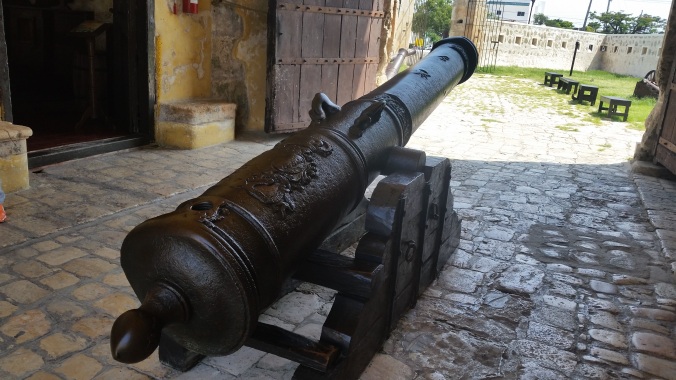
And on the two sides of the city were castles.
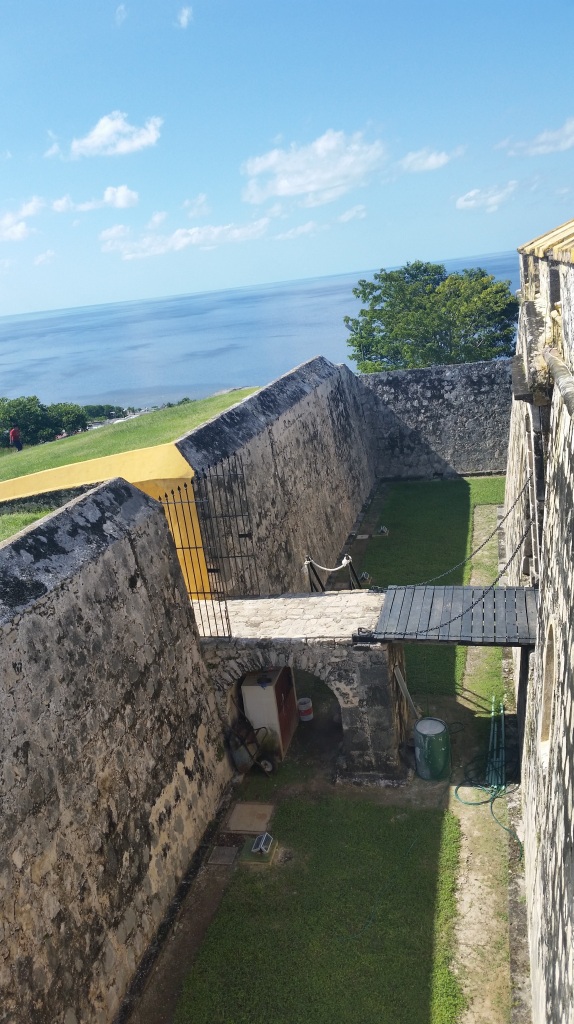
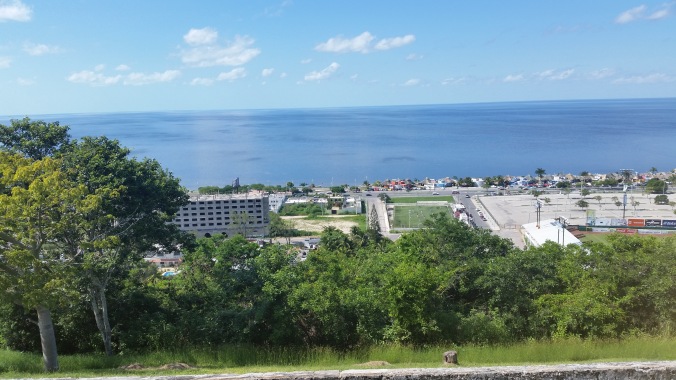
Very much of their city was centered around their history. But modern traditions flourished as well.
One of the days we walked to a nearby Wal-Mart. On our way back, we saw a parade of all the dance groups in the region. They didn’t dance through the center so we were lucky to happen upon it. Everyone was dressed in their traditional dress led by the best dancers of their groups.
People of all ages participated. Young and old, male and female. It seemed like a rich tradition that allowed everyone to participate. Most of the dancers beamed with pride. Some of them seemed embarrassed. Whichever the case, memories were made. After the parade, we headed back to our hostel in the pirate town.
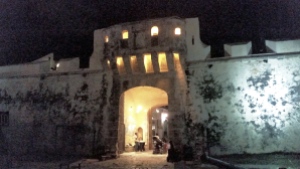
I fell asleep to the low hum of the fan and dreamt of brightly colored dancers, sweeping their dresses left and right as they waltzed by.

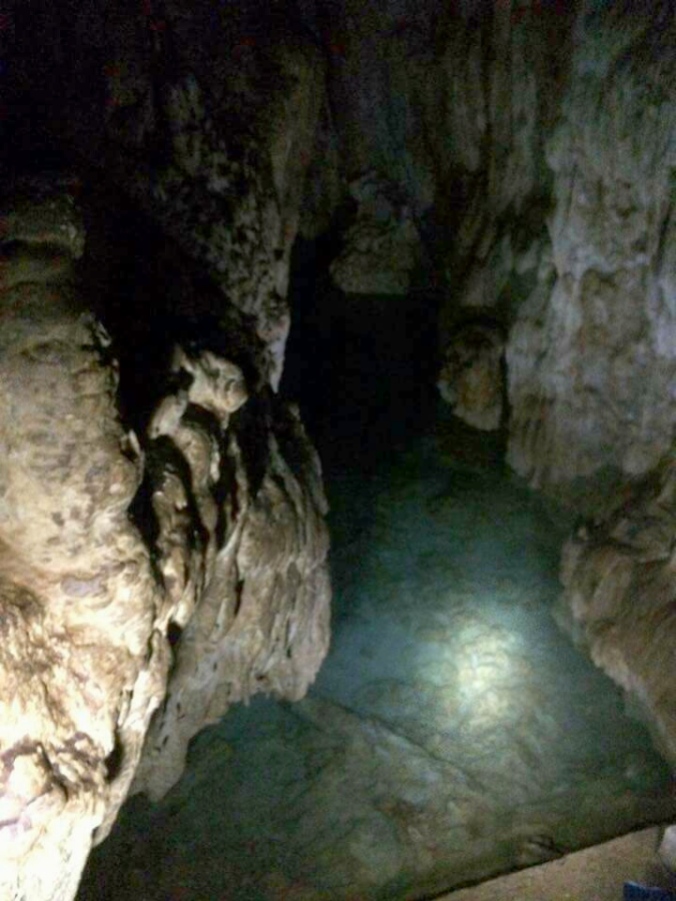
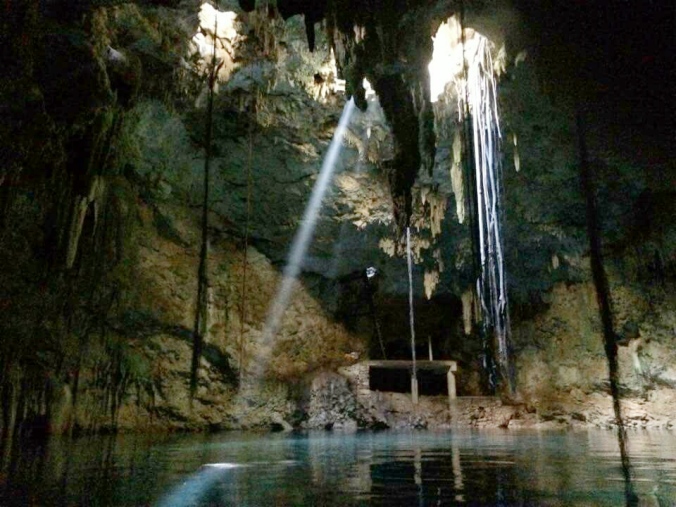
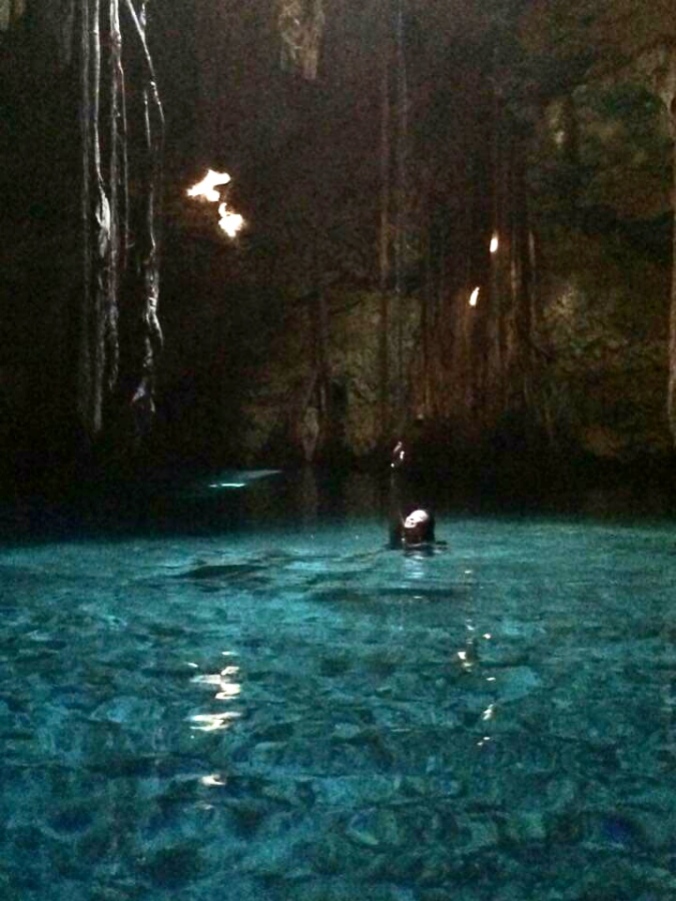
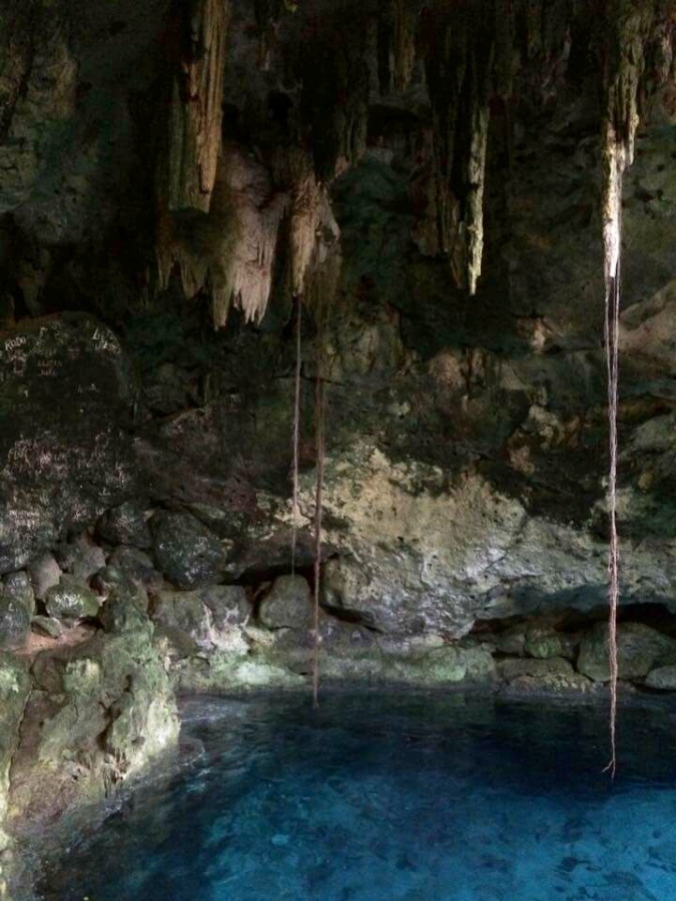

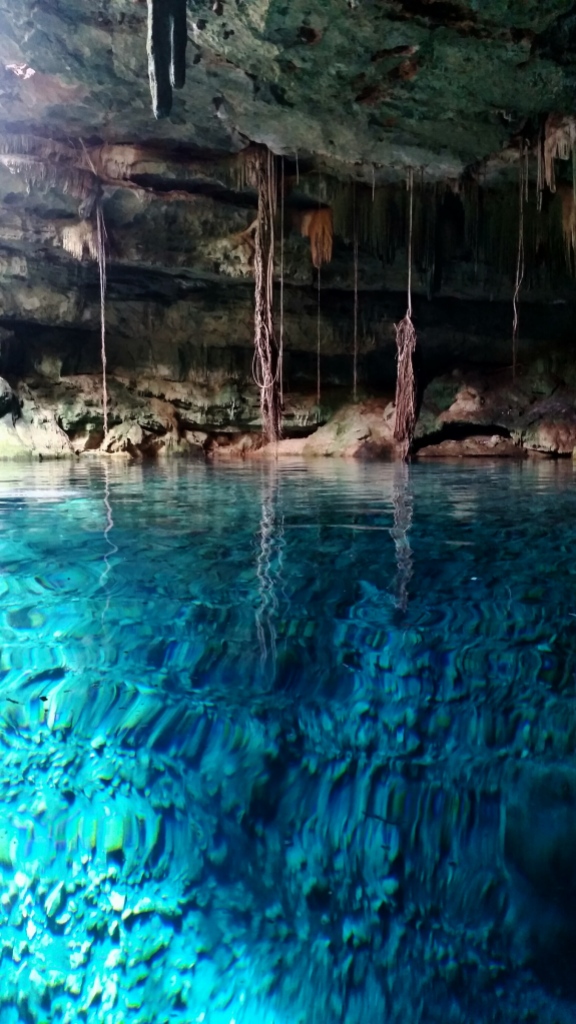
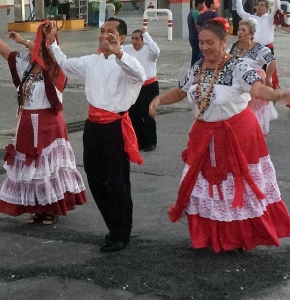
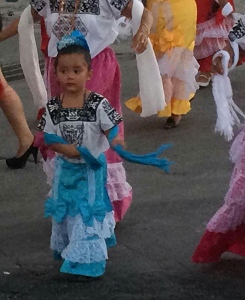
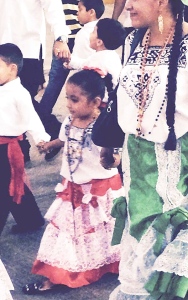
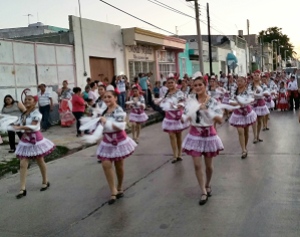
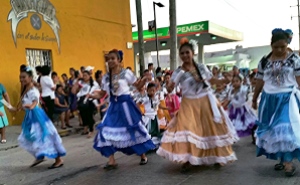
What a beautiful and adventurous journey!